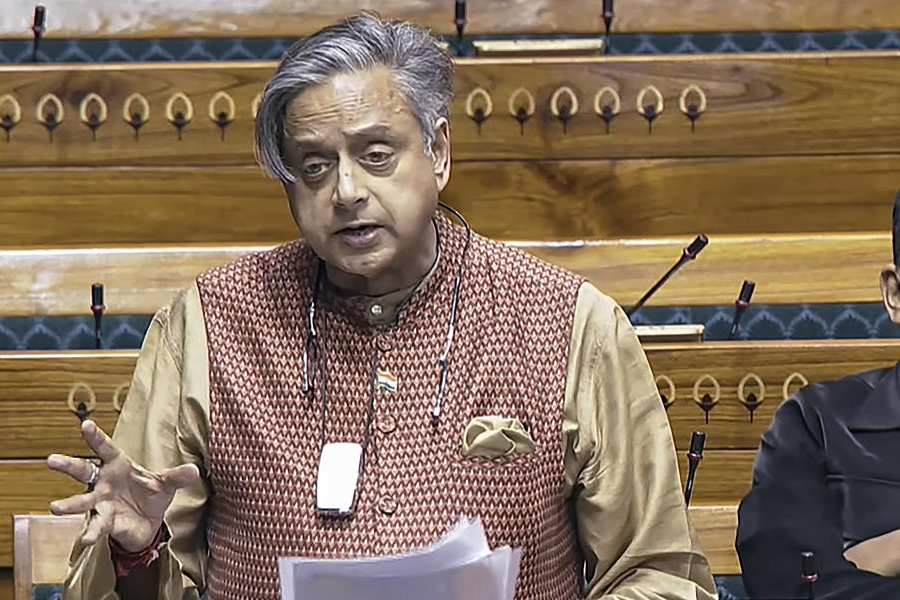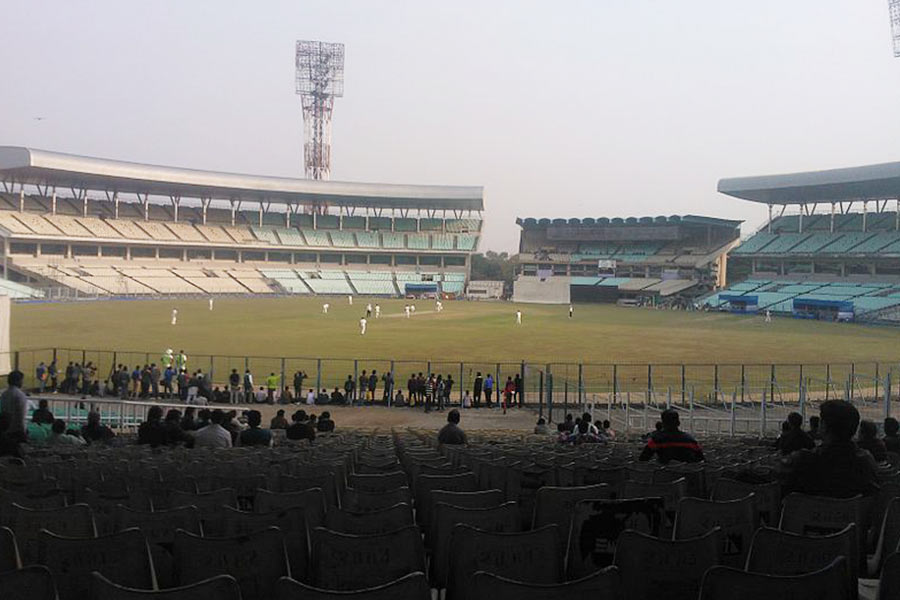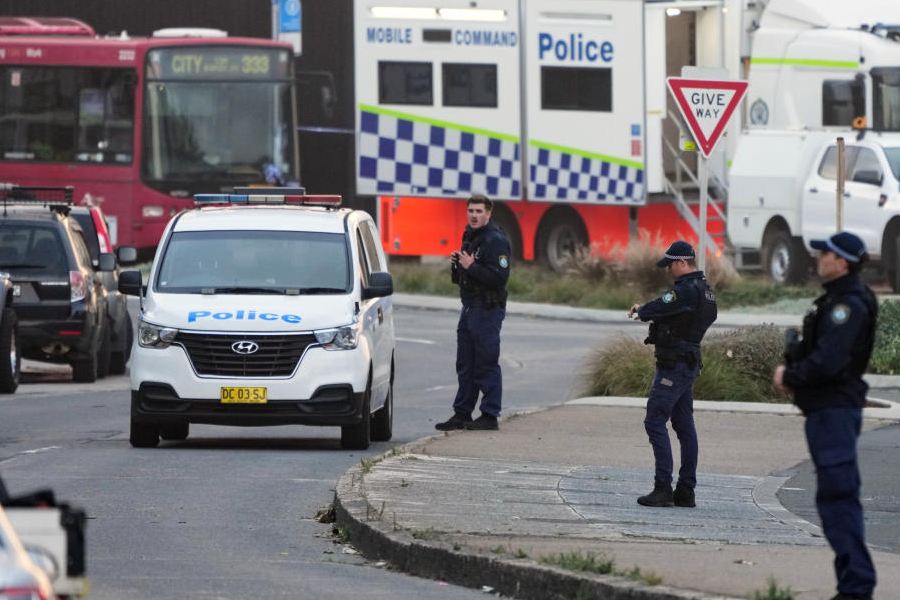 |
Pretty faces tend to endorse bling. So when Lisa Ray was named a brand ambassador, many thought the model and actress was going to promote yet another luxury watch, or perhaps a global brand of diamonds. It turned out to be another story.
Last October, the controversial stem cell therapy got a new face when Ray volunteered to be its brand ambassador. She had good reason to do so — stem cells had saved her from death.
The actress, born to a Bengali father and Polish mother and raised in Canada, had been suffering from multiple myeloma, a rare cancer afflicting white blood cells. Her doctors injected her with stem cells extracted from her bone marrow and cured her.
Still, her offer to endorse stem cell therapy has raised many eyebrows in scientific circles. After all, it’s a gray area in India, with unproven stem cell therapies gaining ground. Most promise the moon. But quite a few take away your money without a cure. And some treatments, doctors warn, can also lead to cancer.
Stem cells are said to be the future of medicine because they are the potential solution to untreatable diseases. The use of stem cells from bone marrow and cord blood is more common, but scientists are also experimenting with stem cells derived from human embryos. These special cells are much more potent as they have the capacity to turn into any of the 200 cell types found in the body.
Stem cells have the ability to replace damaged and diseased cells when they are supplied to the site of injury or damage. But scientists are yet to figure out exactly how the cells would behave once they have been put back into the human body.
 |
| Lisa Ray |
Yet in India, stem cell clinics have been mushrooming in the last five years or so. The clinics, some even attached to established private hospitals, peddle stem cell therapy as a magic pill for any incurable disease from autism and cerebral palsy to muscular dystrophy and stroke. Diabetes, cardiac problems and end-stage renal disease are the other conditions the clinics say they can cure. These centres use either the bone marrow or stored umbilical cords for extracting stem cells.
There are no checks and balances on the use of stem cells in India. The Centre is considering a law, which is still being drafted even as the clinics flourish. Some ineffectual guidelines were issued by the Indian Council of Medical Research (ICMR) and the department of Biotechnology in 2007. But since the guidelines are not legally binding on them, few adhere to the code of conduct.
A large number of such clinics that have come up in Indian cities since 2006 use stem cells derived from bone marrow and umbilical cord for a variety of incurable diseases, even though the therapy is not clinically approved.
For instance, a chief doctor at a stem cell clinic told The Telegraph that his clinic had so far treated 120 patients, mostly suffering from neurological problems. Nearly 70 per cent of its patients claimed to have shown variable degrees of improvement. The clinic’s website is replete with testimonials written by patients who have benefited by the stem cell treatment.
And that, says the Australian Stem Cell Centre (ASCC), a research watchdog, is the sign to look out for. Most of these clinics, it says, work through direct marketing via the Internet, chat rooms and blogs. They claim success based on patients’ anecdotes. “The claims are unsubstantiated and cannot be verified,” ASCC says.
“Individual reports of success may be real, or may be owing to the placebo effect, or a desire to report a positive outcome because of the amount of time and money invested in obtaining the treatment,” adds ASCC.
“You name a grave disease, they have treatment for it,” says Vasanta Muthuswamy, former deputy director general of ICMR, who spearheaded the effort to draft the stem cell guidelines. Many centres target people who are desperate for a cure to a disease they suffer from. “For them any hope is better than no hope. They are willing to spend any amount of money because they are desperate,” she says.
Many believe the government should regulate such treatments. “The government is entirely responsible for the mess we are in,” says S.G.A. Rao, chairman and managing director of the International Stemcell Services Limited (ISSL), Bangalore.
Rao, a senior stem cell biologist, stresses that such therapy, if properly done, can benefit patients. ISSL also treats terminal diseases including Duchene Muscular Dystrophy, osteoarthritis and spinal cord injuries, besides offering services like banking cord blood for future use.
Independent scientists, however, say that while they do not deny the benefits, they are worried whether the systems have been tested and put to scientific scrutiny. Chandra M. Gulhati, editor, Monthly Index of Medical Specialities, a journal of drugs and therapeutics, says that before any treatment is tested on people, experiments in laboratories should indicate that the scientific reasoning is sound. Its safety has to be then evaluated by testing it on healthy volunteers, not on patients, he says.
Clinical trials are essential because they tell you not just that a treatment works but also that it’s safe. At least 16 stem cell-related clinical trials are underway in India, conducted by public research institutions and private healthcare and research firms.
Alok Srivastava, head of the Centre for Stem Cell Research at the Christian Medical College, Vellore, and a member of the committee that drafted the guidelines, says India has so far approved stem cell transplantation only for some blood diseases and conditions of the skin and eye. Any treatment for other diseases should only be done as a clinical trial, which should be conducted in an institution recognised for such research.
“It is a matter of concern that so many clinics are offering stem cell treatments without any scientifically established evidence of their safety or efficacy,” Srivastava says. Patients are also charged huge amounts of money.
On the other hand, clinical trials conducted by authentic research institutes are done free of charge. Patients thronging the dubious stem cell clinics can take part in these clinical trials, the experts point out. The government’s Clinical Trials Registry India invites volunteers.
Stem cell clinics charge between Rs 2 lakh and Rs 5 lakh for a complete treatment course. “I do not understand why these clinics charge so much for the procedure of extracting, purifying and injecting bone marrow stem cells into the body,” says Kalkunte R. Suresh, director of the Jain Institute of Vascular Sciences, Bangalore. “The preparation of stem cells for injection doesn’t cost more than Rs 5,000,” says Suresh, who along with his colleagues published one of India’s first studies on adult stem cells used for the regeneration of blood vessels.
The government has to step in to avoid exploitation of “inadequately informed, helpless patients” while supporting novel therapies, Srivastava says.
The health ministry took a step in this direction recently by constituting a National Apex Committee on Stem Cell Research and Therapy. Though this happened four years after it was recommended by the expert committee that drafted the guidelines, doctors are happy that a step has at least been taken.
But the government has hardly been proactive in this field, the experts point out. Even the decision to frame guidelines seemed like an afterthought. And this was when it knew that illegal clinical trials were being conducted at a Mumbai hospital by a UK-based biotech company jointly with an ICMR lab, and a Delhi clinic was offering therapy using embryonic stem cells six or seven years ago.
The trial using an unproven technology was called off in 2004. But Nu Tech Mediworld, the clinic started in 2002 by Geeta Shroff, a fertility expert-turned stem cell therapist, continues to do roaring business. “We have so far treated 880 patients suffering from many incurable diseases,” Shroff says. Nearly 20 per cent of these patients are from overseas, she adds.
Shroff, however, claims her technology has gone way beyond what’s available in the West. She says the cell lines she uses for treatment are derived from a single embryo which she used in the early years.
Shroff, who has not published her work in peer-reviewed journals, says she has patented the technique, and the details are in the public domain. She is also willing to allow any authority to inspect her facilities. Srivastava, however, wonders how her work was allowed to proceed in the first place without the necessary approval. “If that had been done, these questions would never have arisen,” he says. But Shroff says that government agencies were not even aware of the technique involved.
What’s worrying about stem cell therapy, say experts, is the safety angle. Hyperactive embryonic stem cells are capable of forming any type of cells, including cancer cells. Stem cells can only work in treatment once it is certain what kind of cells they are going to turn into when they are put in the human body.
So enter at your own risk, the uncharted world of wonder cells.
Dodgy signs
■ Direct marketing
■ Information available mostly on the Internet, especially blogs
■ Brandish claims of success based on patients’ stories
■ No scientific rationale offered or procedures described
■ Patients are told that secrecy is maintained because of pending patents
■ Data are not collected and results not published in peer-review journals
■ Lack of aftercare










